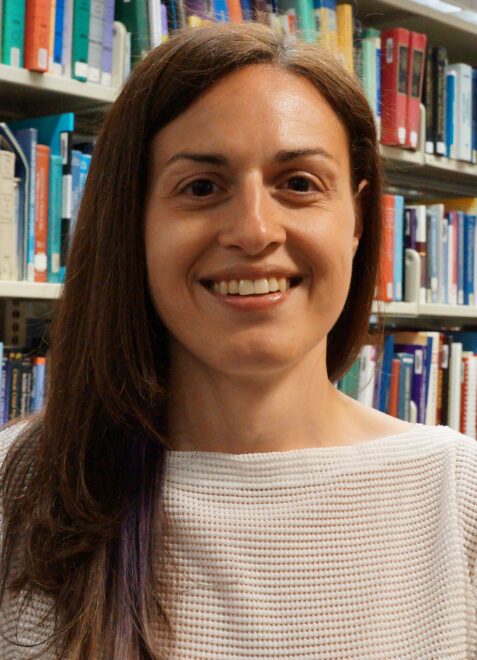About
Objectives
- To estimate the attributable costs of post-stroke depression and self-harm in Ontario
- To estimate how these costs have changed over the last decade
- Are there variations by SDOH as age, sex, income, immigration status and rural vs. urban residence in the overall costs and changes over time
Background:
About 200 Canadians engaged in self-harm behaviours every day in 2017, and 4,500 people died by suicide that year. These rates vary by social determinant of health (SDOH) e.g., middle-aged men. Stroke, one of the leading causes of disability and death in Canada, is a known risk factor for major depression. We found that stroke survivors have a 73% higher risk of self-harm and death by suicide (henceforth suicide) compared to the general population, but we do not yet know how post-stroke depression affects the higher rates of suicide after stroke, or if the rates of suicide after stroke also vary by SDOH. Further, identifying cost-effective interventions to prevent and/or treat post-stroke depression requires us to know the attributable costs of post-stroke depression that are currently not well-known.
Methods
Students will use health administrative data available at ICES
- The cohort of patients with stroke and depression after stroke between 2009 and 2018 will be available
- We will match stroke survivors with depression after stroke to those without depression using propensity scores, accounting for clinical and demographic characteristics
- We will track health encounters in the year before and the year the diagnosis of depression after stroke.
- We will calculate the 1-year attributable costs of post-stroke depression using a difference-of-difference method.
- We will compare the variation in the costs by SDOH. See Vyas et al. https://doi.org/10.1161/STROKEAHA.123.043369 for methodology
- We will then trend the attributable costs over the span of 10 years and evaluate if they have changed over time, and if they have increased or decreased based on SDOH.
Opportunity
To work with interdisciplinary team of health economists, epidemiologists, health services researchers, neurologists and psychiatrists.
Funding
The project is funded by Heart and Stroke Foundation of Canada. There is opportunity to apply for CIHR and HSF graduate student awards.
Accepting Students
Able to supervise a graduate – see above for the student’s role
Lead Faculty





